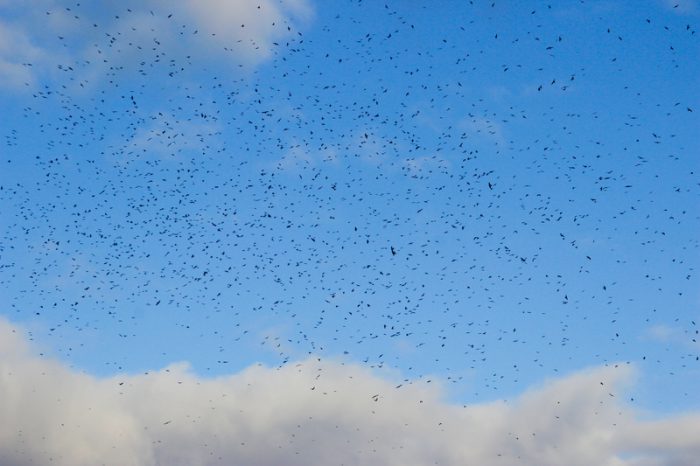

A second possibility is that birds fly at lower altitudes over sites with artificial lights. One possibility is that more birds pass over sites with artificial lights. We are still exploring the mechanism behind these patterns. We found that the acoustic biodiversity was almost 50 per cent higher above sites with ground-level artificial lights. Therefore, artificial light increases the number of flight calls produced by birds migrating overhead.įurthermore, we detected more species of birds calling above sites with artificial lights. On average there were three times as many calls recorded over sites with ground-level artificial lights. We detected far more flight calls from migratory birds above sites with artificial lights than nearby dark sites. Dan Mennill with a flight call microphone and a digital recorder for recording migratory birds.

By eavesdropping on bird vocalizations, we can learn about bird movements and social activities, even under cover of darkness. Birds produce an extraordinary diversity of sounds that allow us to locate them and study their behaviour. In my research laboratory at the University of Windsor, we study the ecology and conservation of birds using bioacoustic tools such as sound recording and sound playback. What about ground-level artificial lights that shine up from our backyards and buildings? Might these artificial lights also have negative consequences for passing migrants? And how could we benefit birds if we turned out the lights? Tracking birds through sound A well-lit high-rise building can kill hundreds of migratory birds in a single night, and it’s common to find thousands of lifeless birds at the base of skyscrapers after a busy period of migration. Birds are drawn to the artificial lights that occupy their airspace, and their navigational compasses are short-circuited by the unusual presence of light. The dangerous impact of artificial lights from towers and skyscrapers have long been known to scientists.

The artificial lights produced by humans disrupt the migration of birds, often with fatal consequences. Birds use stars to orient their journey between summer breeding grounds and winter feeding grounds. Billions of migratory birds pass through the night sky each spring and fall.


 0 kommentar(er)
0 kommentar(er)
